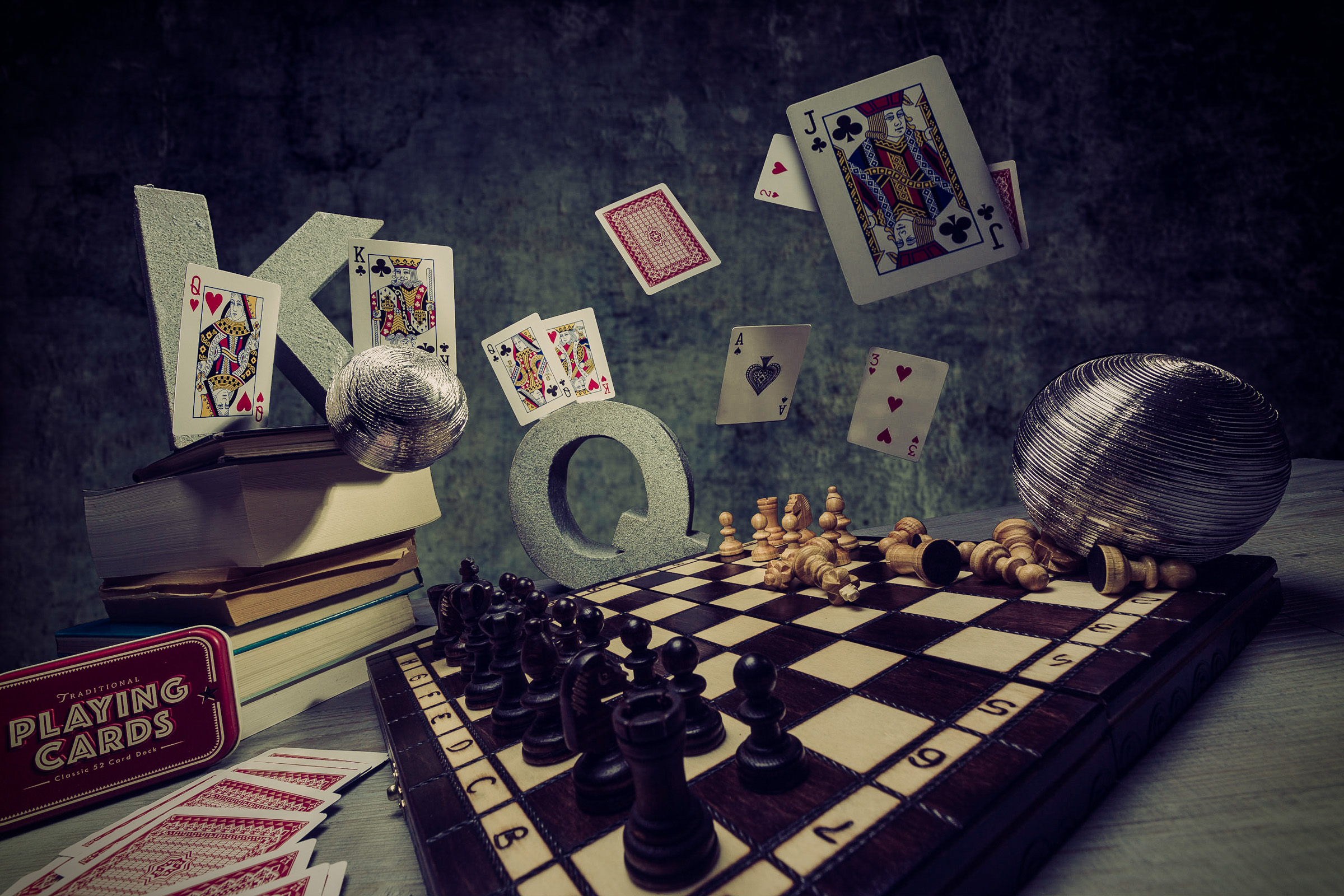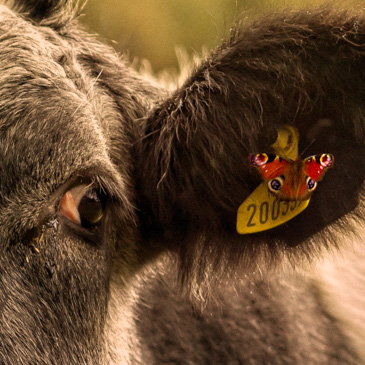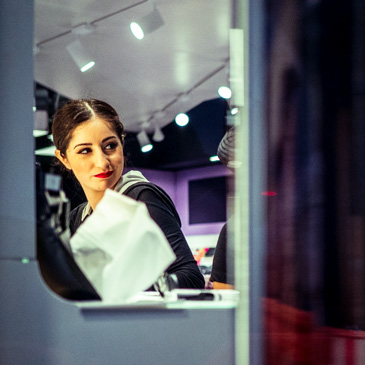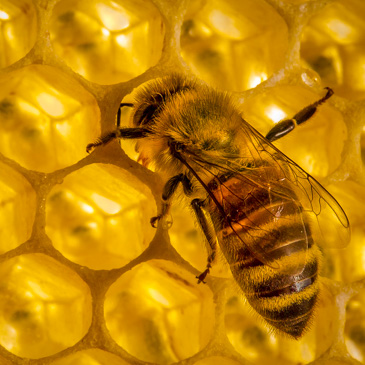The four things that make a great photograph and the one thing that doesn't
One of my goals with my photography is to stop focusing on individual photos ("hero shots") and instead create collections of images that tell a story. It's difficult to provide depth or narrative with a single photo but when you collect images together, they have significantly more impact. Sadly, this kind of photography is hard as photo sharing sites like Instagram, 500px and flickr reward the hero shots; they aren't interested in collections.
So it's ironic that this focus on collections has got me thinking about what makes a great individual photograph.
I've narrowed it down to four things.
Timing
Sometimes, you just need to click the shutter at the right time. 1 second earlier or 1 second later and the picture has gone. This is one element of Cartier-Bresson's famous 'decisive moment'.
This was an example of good timing: waiting for something to happen. I could see the bird flying through the shaft of light, so I set up the composition, pre-focussed, and waited.
Canon 5D Mk III with EF 50mm f/1.4 lens. 1/5000s, f/2, ISO 2000.

Most good street photography is about timing. The reason for this is because streets are generally cluttered with people and cars and you need to wait until the scene simplifies itself. This is why many street photographers camp out in a particular location (their 'stage') and then wait for the actors to appear. 1 second earlier or 1 second later and their picture has gone.
I took this image in the Summer in Glasgow. I spent about 30 mins in this spot. I took about 50 photos during that time, but this is a fairly busy street and many of the shots featured a car or too many pedestrians. The two people in the shot were a couple of tourists who plonked down their bag looking for something.
Olympus OM-D EM-5 Mk 2 with M.17mm f/1.8 lens. 1/125s, f/4, ISO 200.
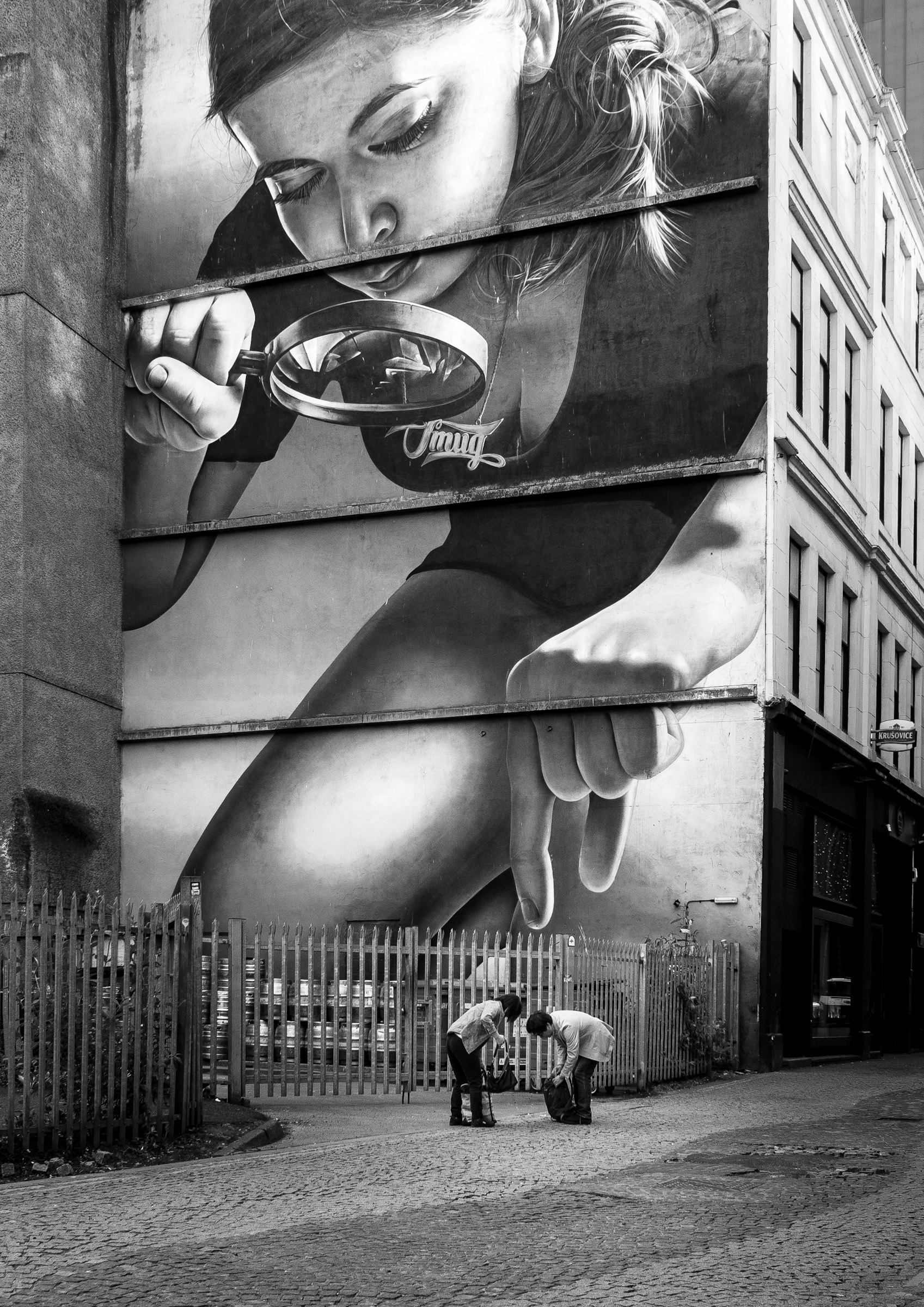
Wildlife photography and sports photography are two other specialisms where timing is everything. On the rare occassions when I've tried to photograph birds, most of my images are of empty branches. Similarly, in a 90 minute football game, if you added up all of the times when you could get a good photo, it would probably amount to less than 30 seconds.
The reason why I don't do bird photography. This is a good example: most of the time, I get empty branches.
Olympus OM-D EM-5 Mk 2 with Leica DG 100-400 f/4.0-6.3 lens at 400mm. 1/320s, f/6.3, ISO 1600.

But timing in photography is not just about choosing the right second. It applies in landscape photography too where timing is about choosing the right month or season. Some locations just look better in Autumn than they do in Winter. Again, timing is everything.
Lighting
Great light makes a great photograph. This could be the golden light of sunrise or sunset, the open shade of a garage, or the hard light of a sunny day.
I took this at home after noticing the gorgeous evening light.
Fuji X100S. 1/60s, f/2.0, ISO 3200.
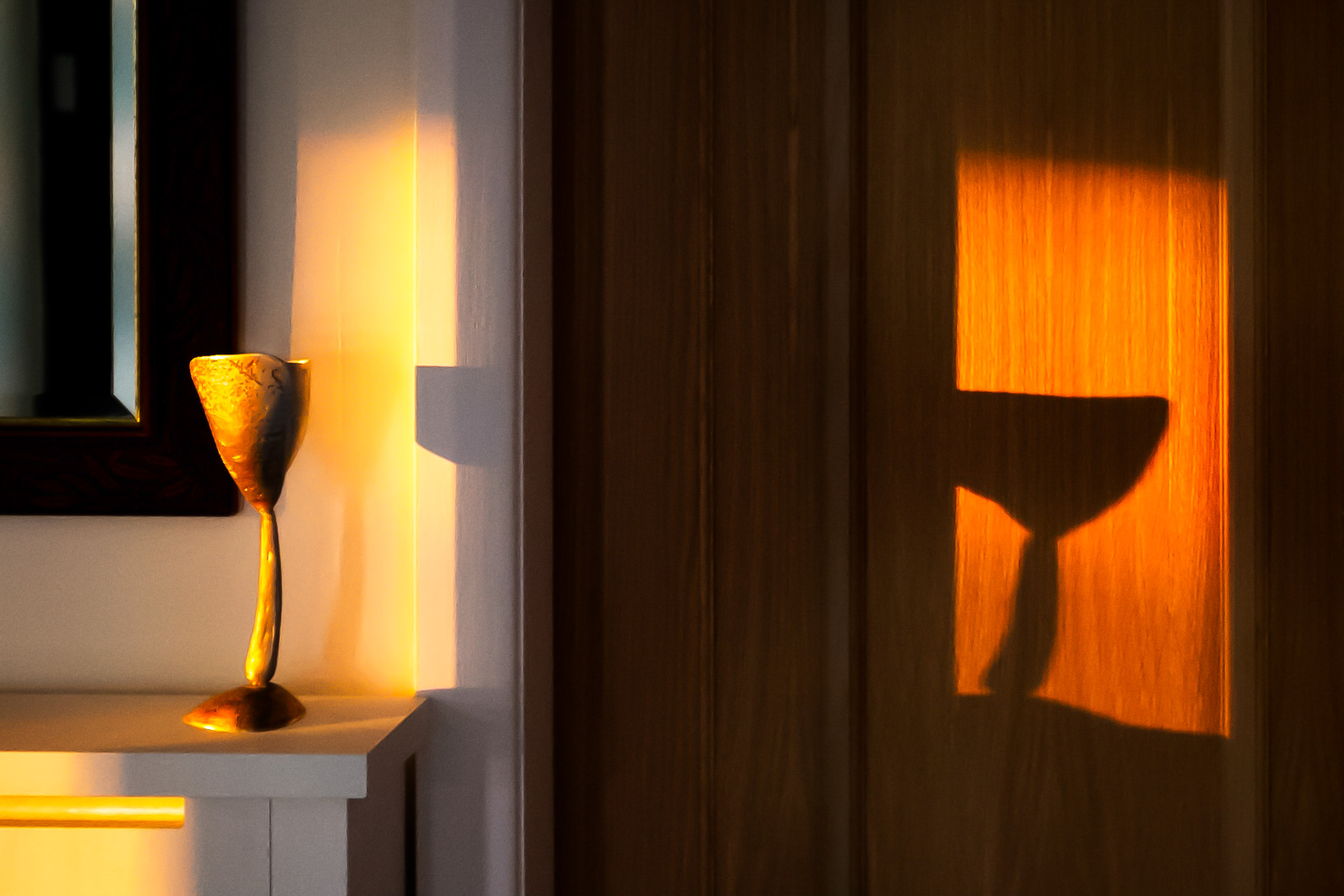
It could be the feathered light from a softbox, the punchy light of a beauty dish or the light from a handheld torch painting a scene during a long exposure.
This is a selfie silhouette taken in a hotel room where I stayed in Newcastle. It was ordinary morning light but filtered through coloured windows.
iPhone 6 Plus. 1/350s, f/2.2, ISO 32.
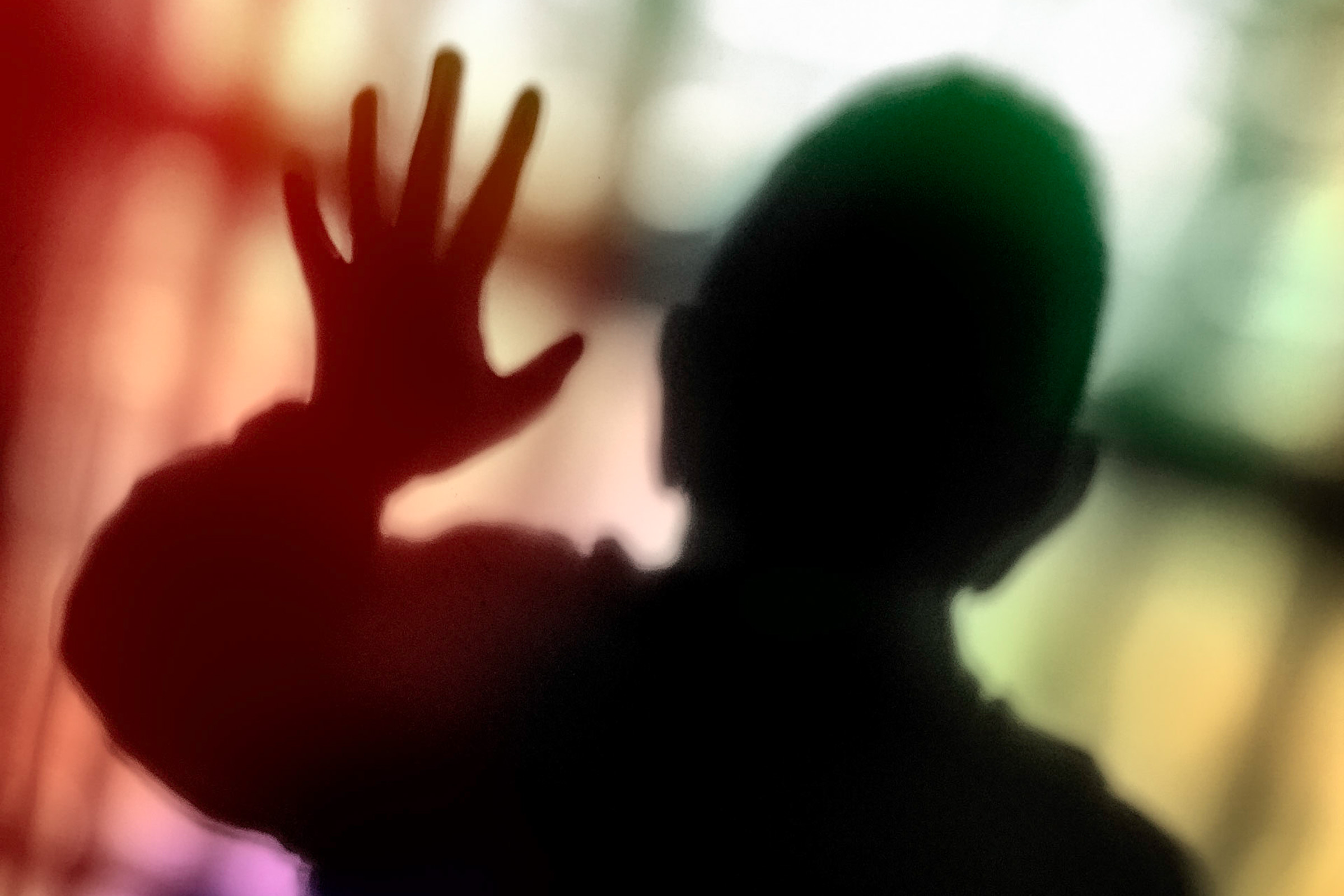
There's not one kind of 'good' light. Different light suits different subjects. What matters is matching the light to the subject.
This is hula hoop artist Helen Orford, who comes with her own LED hula hoops. That, plus a soft box, created an interesting portrait.
Canon 5D Mk III with Tamron 35-70mm lens at 49mm. 0.8s, f/9, ISO 100.
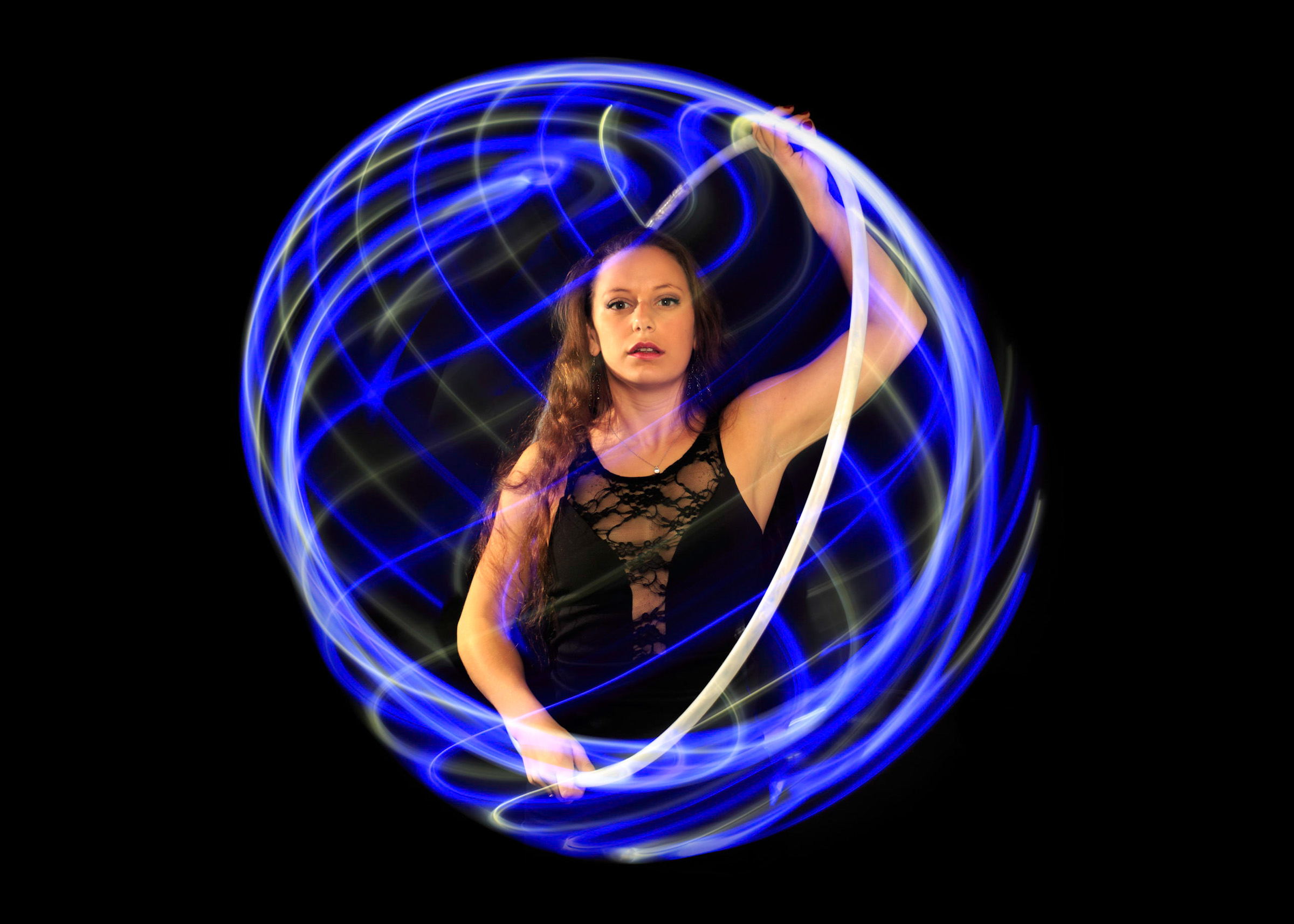
None of the photographs in this section are only of light, but I think all of them have interesting light.
Composition
You've heard the 'rules' of composition, such as the rule of thirds, the rule of odds, leading lines… I'm not a great fan of rules when applied to creativity since they can lead to clichéd images, but rules do provide a useful framework. You need to start somewhere when searching for a composition and these basic rules get you started on the journey.
This is a classic shot of the lighthouse on Llandwyn Island. I can't really claim this as 'my' composition, since I simply stood in the same place as many photographers before me. It's a visual cliché —but the thing about clichés is that they work.
Olympus OM-D EM-5 Mk II with M.Zuiko 25mm f/1.8 lens. 1/13s, f/11, ISO 200.
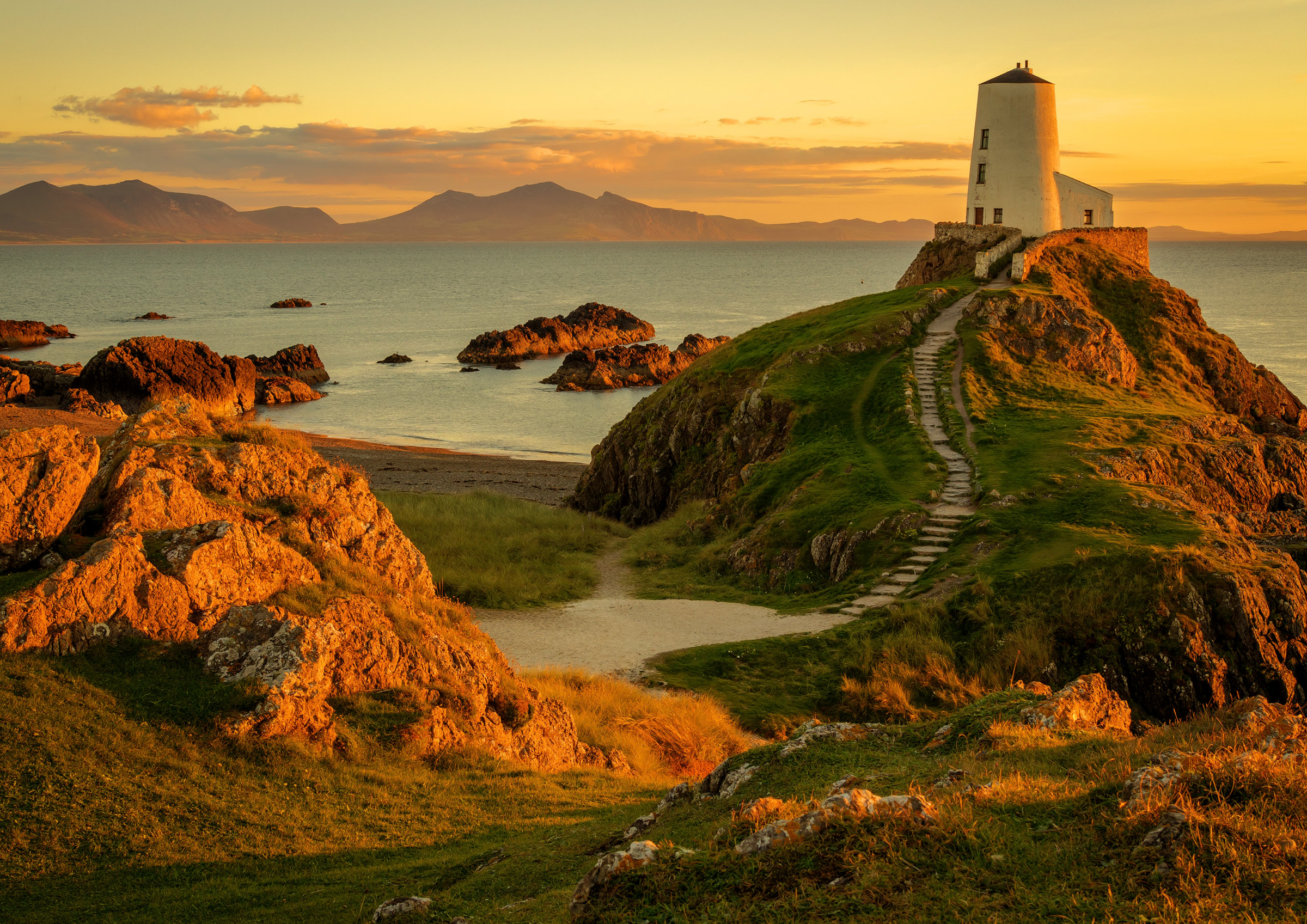
I like Edward Weston's definition of good composition as "the strongest way of seeing". This reminds me to move around the subject; to look from up high and from below; to discover where I should stand to organise the stuff in front of me in a way that best suits my purpose.
This is a simple composition but I think that the strong graphic shapes make it an interesting one.
Canon 5D Mk III with EF 100mm f/2.8L lens. 1/320s, f/8, ISO 2000.
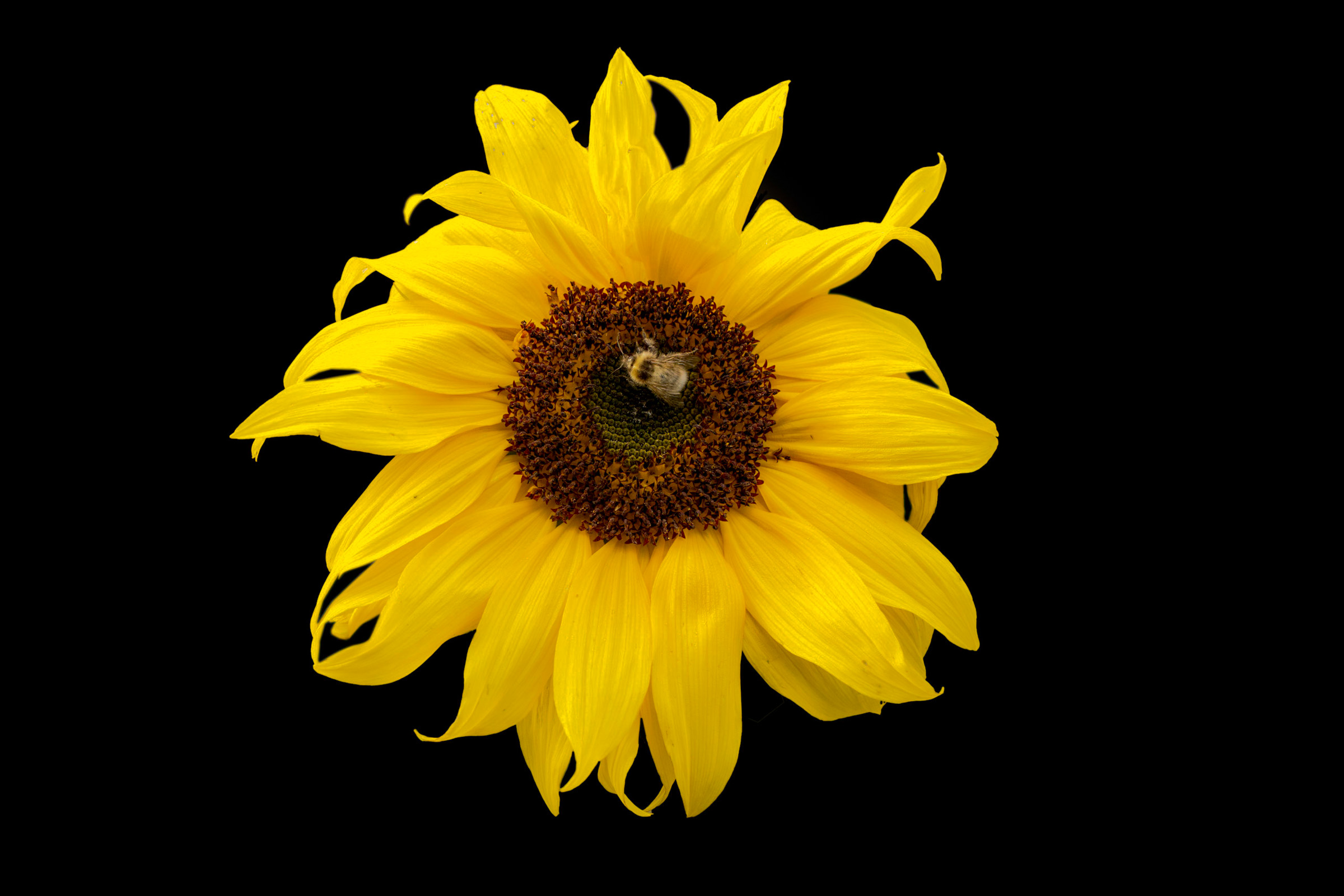
In his book, Things, Jim Krause writes:
"What are the components — small, medium and large — of this thing that best expresses its character, functions and age? Which views of this thing might reveal its most aesthetically pleasing details?"
I like this quotation because it captures the idea that seeing (and composition) is an active process, not a passive one.
I once heard a story about The Observer's portrait photographer, Jane Bown. Apparently, she would walk around her subject like a lion stalking its prey until she found the 'right' place to position her camera. "Oh, there you are," she would say to her subject.
Composition also captures the graphic elements of an image: the use of line, form, colour, texture, balance, rhythm, pattern, even empty space. This also means the component shapes of the image, such as triangles and circles.
This is an example of using the compositional trick of "leading lines" to draw the viewer's eye (in this case, to St Paul's Cathedral).
Olympus OM-D EM-5 Mk 2 with 12mm prime lens. 1/20 sec, f/8, ISO 200
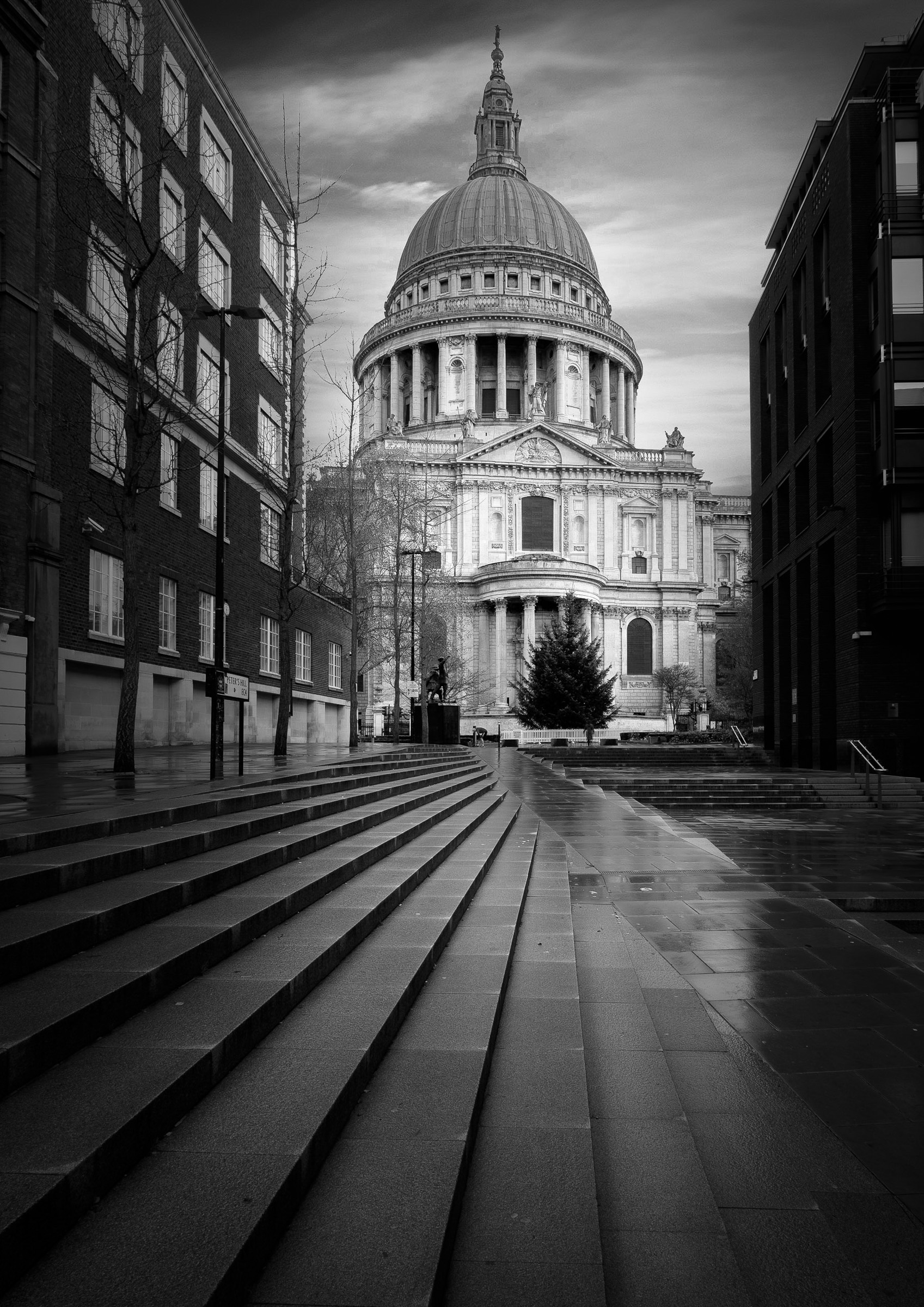
Impact
And that brings me the fourth component: impact. Impact means that it draws you in, it tells a story, it shows you something you haven't seen before (or it shows you the thing in a different way). Flickr calls this 'interestingness' and their algorithm collects the most interesting images and displays them in their Explore section. Jay Maisel calls it 'gesture'. I think of it as 'story'.
I used to think of 'story' as a strict narrative: something that has a beginning, a middle and an end. Nowadays, I don't think that's either useful or necessary.
The lighting in this image is ordinary. The composition is better: I like the way it emphasises depth. But really, the dog should be facing the other way. A picture of a dog's arse isn't great composition. However, there is a real story here: you want to know what's happening.
Fuji X100S. 1/170s, f/5.6, ISO 400.

In the context of photography, story or impact can mean any of the following:
- Emotion, feeling or mood.
- Gesture.
- Metaphor.
- Symbolism.
- Message.
- How the photograper responded to the scene.
- Why the photograper found it interesting.
- Depth of meaning.
- Animation.
- Expression.
- What the photographer is trying to say.
- Your vision.
This isn't an exhaustive list, but I hope you get the idea.
This is another example of an image that tells a story, or at least gets you asking the question: "What's going on?"
Canon 5D Mk III with 16-35mm f/2.8L lens at 16mm. 1/160, f/5, ISO 100.

I spent years reading, practising and thinking about timing, lighting and composition. But I feel I've made more progress in my photography in the six months I've been thinking about story than at any other time. Before taking a photograph, I now ask, "Why?" and "Who?"
- Why take that picture? What is the purpose? How would the world be different if that picture didn't exist? What am I trying to achieve? What reaction do I want to evoke? What discussion do I want the picture to start? This doesn't have to be a grand concept: even simple questions help, such as, "Why take a head shot rather than a full length?" and "Why do a studio portrait rather than an environmental one?"
- Who is the audience for the image? Who am I trying to influence? Or impress? Is it someone who wants a print of the image on their wall? Is it an art director? Is it someone who runs a gallery? Is it other photographers? This question, though difficult, gets me away from thinking in terms of just creating a 'cool' or 'clever' image that lacks emotional impact.
You can even arrange three pears in such a way that there appears to be a story happening.
Canon 5D Mk III with 100mm f/2.8L lens. 1/160, f/2.8, ISO 50.

Combining the four elements
Focussing on any one of these four elements can create a fine photograph. I've taken fine photographs because the timing was right, the light was good, and the composition was appealing; and I've taken one or two fine photographs that contain the elements of story. I think all of the images in this essay are 'fine'.
But 'fine' isn't good enough. It's only when you combine all four elements that you get a great photograph. I'm not sure I've taken one of those yet. That's why there are no photographs illustrating this section.
The one thing that doesn't make a great photo
Gear.
As a rookie photographer, I spent most of my time obsessing over technique and equipment.
It's true that you need mastery of your camera, but in the search for better photographs this risks being a rabbit hole. There's always another lens, or another light modifier, or another camera system. Of course sharpness matters but as the venerable Ansel Adams said, "There is nothing worse than a sharp image of a fuzzy concept."
Gear manufacturers encourage this obsession by paying great photographers to use their gear, leading you to believe that the photo is made by the gear and not the person behind the gear. Ansel Adams again: "The single most important component of a camera is the twelve inches behind it."
It's true that nice gear makes the experience of photography more pleasant, but you can make great photographs with a camera phone. You just need great timing, great light, great composition and a great story.
It's that simple — and that difficult.
